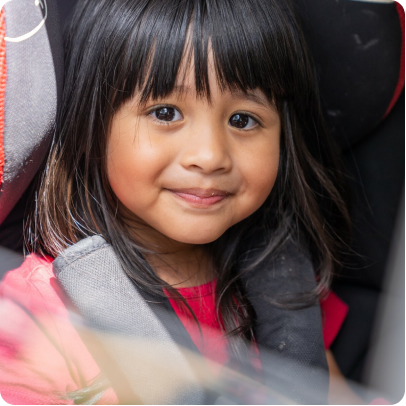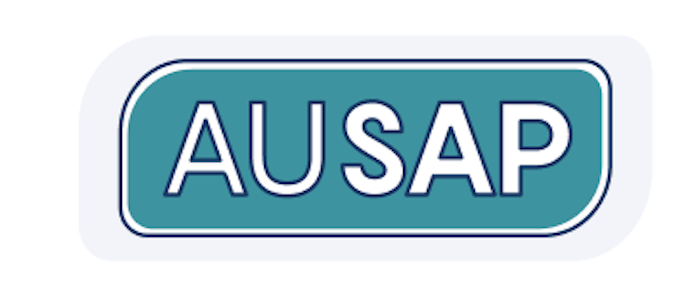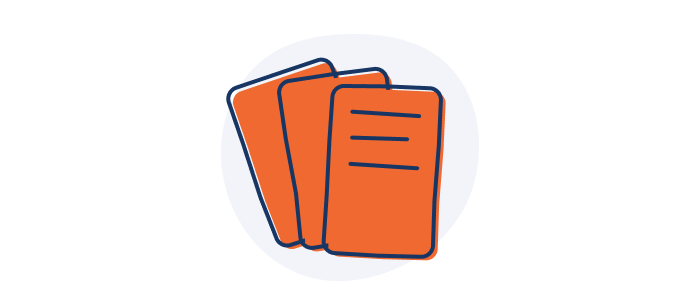Standards and regulations
An overview of standards and regulations relating to vehicle restraint systems and accessories used by children and adults with disabilities and medical conditions

Introduction
Australian and overseas standards/regulations provide requirements for the design, safety and use of vehicle restraint systems in motor vehicles, including for products designed for use by children and adults with disability.
MACA advocates for standards and regulations to be inclusive of the vehicle restraint needs of people with disability to ensure access to products that are safe and provided with instructions and labelling.
The most prescribed vehicle restraints for children with disability in Australia today are special purpose car seats, followed by Australian standard car seats. Special purpose car seats comply with overseas standards and regulations, with some suitable for adults with disability.
In recent developments, the revised Australian standard for child restraints (AS/NZS 1754) includes new requirements that allow manufacturers to develop variations for child restraint systems to cater for children with disabilities and medical conditions. For example, footrests and removable supports for children with respiratory conditions. However, it is unknown if manufacturers will develop these product variations.
Learn more about these standards and regulations below.

Australian standards
There are four key Australian standards that relate to transporting people with disabilities and medical conditions in motor vehicles:
- Australian/New Zealand Standard 1754 Child restraint systems for use in motor vehicles (AS/NZS 1754)
- Australian Standard 8005 Accessories for child restraints for use in motor vehicles
- Australian/New Zealand Standard Restraint of children with disabilities, or medical conditions, in motor vehicles (AS/NZS 4370)
- Australian Standard 5384 Accessories for seat belts for use in motor vehicles (AS 5384)

Overseas standards and regulations
There are five key overseas standards/regulations relating to special purpose car seats:
- United Nations Economic Commission for Europe Regulation No 44 Uniform provisions concerning the approval of restraining devices for child occupants of power- driven vehicles (ECE r44)
- United Nations Economic Commission for Europe Regulation No 129 Uniform provisions concerning the approval of enhanced Child Restraint Systems used on board of motor vehicles (ECE r129)
- United States Federal Motor Vehicle Safety Standard 213 Child restraint systems (FMVSS 213)
- Canadian Motor Vehicle Safety Standard 213 Child restraint systems (CMVSS 213)
- European Regulation (EU) 2017/745 on medical devices.
The EU r2017/745 is aimed at ensuring the safety and performance of medical devices, however unlike ECE r44 and ECE r129 it does not provide specific requirements for special purpose car seats, instead it places significant obligations on the product manufacturer.
Key differences
There are many differences in the requirements of each standard and regulation. This impacts on how they are installed and used in motor vehicles.
Examples of key differences include:
Dynamic testing
The Australian/New Zealand standard has more dynamic testing requirements, including frontal, side, rear (for some restraints), and inverted for baby restraints to test for occupant ejection. It also tests to a greater force than overseas standards.
Weight vs height
Australian standard car seats use shoulder height markers and approximate age to guide use, similar to the ECE r129. Whereas ECE r44 only uses occupant weight (up to 36 kg). In contrast, the US (FMVSS) and Canadian (CMVSS) have no weight limit requirements, therefore special purpose car seats from these locations permit higher occupant weight.
Lifespan
US (FMVSS) and Canadian (CMVSS) child restraints generally have a 6 year life, whereas Australian standard restraints have about 10 years, due to the mandatory use of UV and thermal stabilizers.
Side impact testing
Side impact protection is a key feature of Australian standard car seats. This is why they have big side wings that surround the child’s head area. Until recently Australia had the only standard in the world requiring side impact testing. However in recent times it has been introduced in the ECE r129, and has been proposed for the US (FMVSS) and Canadian (CMVSS) standards.
Top tether straps
All Australian standard rearward and forward facing car seats, and booster seats that weigh more than 2 kg, are required to have a top tether.
This is different to overseas standards. For example, the ECE r129 requires the use of ISOFIX attachments for installation of products with built-in harness as primary restraint (in some cases there is no option for using the vehicle seatbelt like Australian standard car seats) - in combination with either a foot prop or top tether.
European regulations
The ECE r44 was first adopted in the 1990s, with the newer ECE r129 introduced in July 2013, and mandated from 1 September 2023.
Key differences between the two regulations are:
Regulation No. 44 | Regulation No. 129 |
Classification based on child’s weight | Classification based on child’s height (in cm) |
Categorised by groups (Group 0+, 1,2,3) | No groups |
Child can be forward-facing from 9 kg | Child must rear face to a minimum of 15 months |
Can be installed with seatbelt or ISOFIX | In some cases can only be installed with ISOFIX (built-in harness as primary restraint products only) |
Rear and front impact testing | Rear, front and side impact testing |
P dummy used in crash tests with 4 sensors | Q dummy used in crash tests with 32 sensors |
FAQs
Related information
I have always found the the legal requirements for using special purpose car seats confusing. MACA's resources and templates make it easy for me to understand and to help families comply with road laws.






